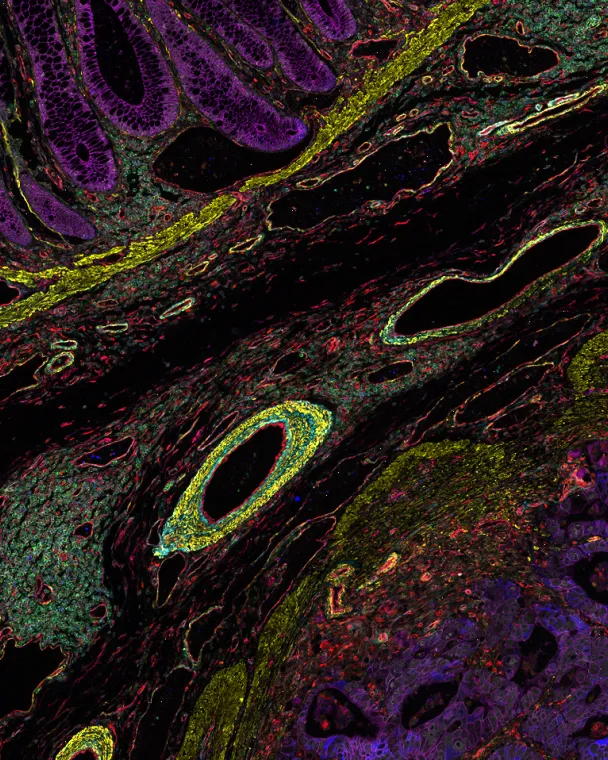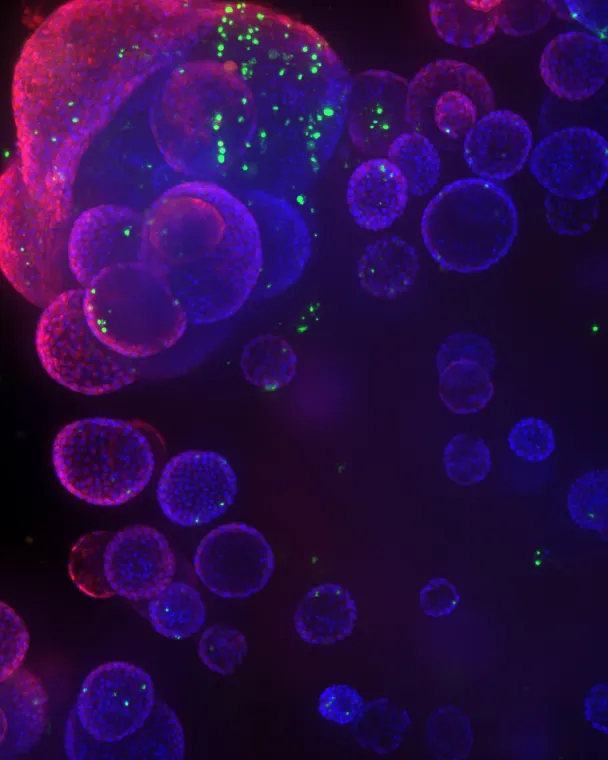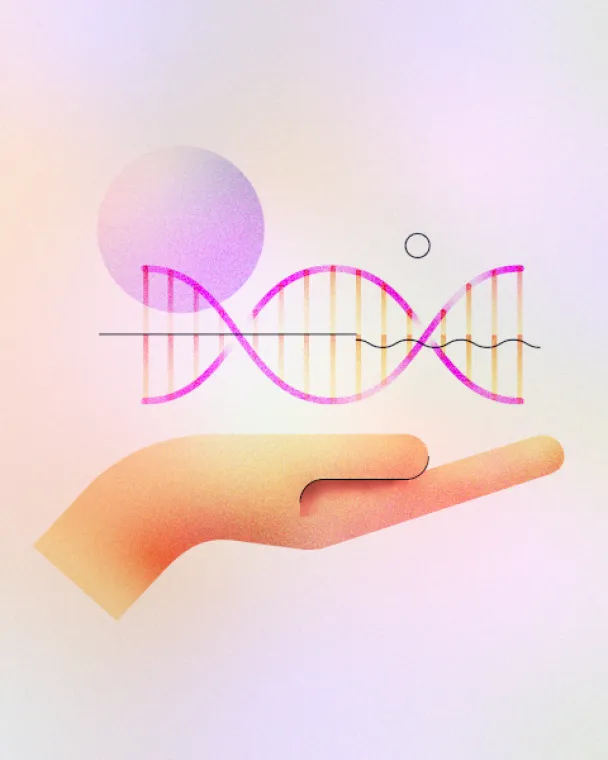Featured Beacon: CRISPR Cures with the Innovative Genomics Institute
Alzheimer’s biomarkers
Our collaboration aims to identify the next generation of plasma biomarkers for Alzheimer’s disease. This work is poised to address two key challenges: identifying and validating new diagnostic markers for Alzheimer’s disease to enable the next generation of precision therapies, as well as sharpening insights on how patients progress from mild cognitive impairment to later-stage dementias.


ADC companion diagnostics
This collaboration between researchers at Yale and University of Pennsylvania, as part of the Translational Breast Cancer Research Consortium, aims to establish a quantitative companion diagnostic test to determine which patients can benefit from next-generation antibody drug conjugates. The work leverages two complementary technologies with improved ability to precisely measure low levels of gene and protein expression.
Smart microscopy
This collaboration aims to leverage the latest findings in spatial biology coupled with cutting-edge AI to make it possible to screen more complex cellular systems, ranging from 2D to 3D and single-cell to multi-cell. The ultimate outcome could be an analysis engine that can detect spatial, proteomic, and metabolic changes in the tumor microenvironment and more accurately predict how tumors will respond to potential therapies.


Next-gen toxicity testing
This collaboration aims to improve patient safety and accelerate the development of new therapies by addressing a leading cause of failure in clinical trials. The goal is to develop more streamlined, scalable, and genetically diverse liver organoid technology as a drug toxicity screening solution, so that the biopharma industry is better-positioned be able to deliver better, safer drugs to patients faster.
CRISPR cures
This collaborative center aims to develop gene-editing cures for rare and other diseases on an unprecedented scale. Its approach uses the programmable power of CRISPR, with the goal of permanently addressing hundreds of diseases with a single research, development and regulatory approach – one that could create a new model for future development of a wide range of genomic medicines.


Sepsis subtyping innovation
This partnership is developing a new test to enable precision medicine care for sepsis, a pathological immune response to infection that accounts for one in five deaths globally each year. The test will leverage rapid molecular diagnostic technologies to pinpoint different subtypes of sepsis and allow the development of novel personalized care paths, including which targeted therapies are most likely to help.
Cell therapy manufacturing
This multi-year collaboration aims to develop new technologies that will improve the consistency of clinical outcomes for patients and overcome manufacturing bottlenecks in the delivery of next generation engineered cell products. Its focus will be on product solutions that address challenges in both yield and quality of cell therapies.


Gene therapy innovation
This Beacon focuses on innovation at the intersection of biology and manufacturing, with the long-term goal of fully realizing the promise of gene therapy. It aims to deliver product solutions that address bottlenecks impacting viral vector manufacturing yield and quality.



